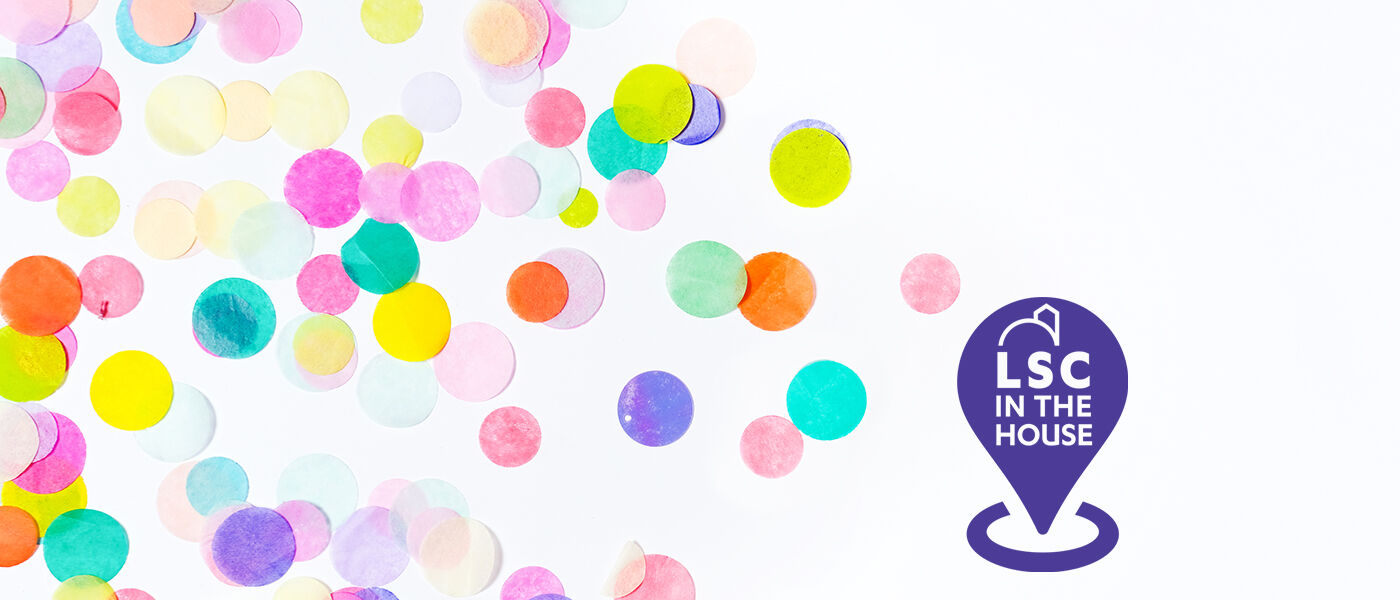Confetti Bottle
Activity Time: 15 minutes
Recommended Grades: Pre-K - 2
Objectives: In this experiment, we explore static electricity.

- Tissue paper
- Clear plastic bottle with cap
- Scissors
- Small cloth; fleece, wool, or silk is best

- Cut tissue paper into tiny pieces and place about a handful into the bottle. Cut into different shapes, if you like.
- Briskly rub the cloth up and down the bottle until tissue paper sticks to the sides when you turn the bottle upside down.
- Why do you think the tissue paper is sticking to the sides of the bottle?
- If you tap the side of the bottle, does the tissue paper fall to the bottom?

Why does this happen? The plastic bottle, the cloth, and the pieces of tissue paper are all made up of atoms. Everything is! Each atom is made up of protons, electrons and neutrons. Protons have a positive charge, electrons have a negative charge, and neutrons have a neutral charge.
An atom starts out neutral with a balance of these charges. An atom can gain or lose electrons to become either negatively charged if it acquires more electrons, or positively charged if it gives up some of its electrons.
When we rub the cloth on the bottle we are collecting electrons on the plastic surface. The tissue paper is attracted to the negatively charged plastic and sticks to it. This attraction is stronger than the force of gravity which is pulling the tissue paper down. It is also stronger than the force of your hand when you tap the bottle. It will, however, weaken over time.
You may have noticed that sometimes when you rub your feet on the carpet you collect some electrons that then discharge with a small shock. Electricity (the flow of electrons) can pass through our bodies, which is why we feel the shock. Electricity does not pass through plastic easily, so instead it attracts the pieces of tissue paper. Electrons collected in this way are called static electricity.
Key Terms:
Static electricity - the imbalance of positive and negative charges on the surface of an object.
Atoms - tiny particles that make up everything and contain neutrons, protons, and electrons.
Neutron - a subatomic particle with no charge that is in the nucleus of an atom.
Proton - a subatomic particle with a positive charge that is in the nucleus of an atom.
Electron - a subatomic particle with a negative charge that circles the nucleus of an atom.
Negative charge - when something has more electrons than protons.
Positive charge - when something has fewer electrons than protons.
Neutral - when the positive and negative charges are in balance.
Electricity - the flow of electrons.
Conductor - a material that electricity easily passes through.
Insulator - a material that electricity does not easily pass through.

